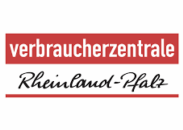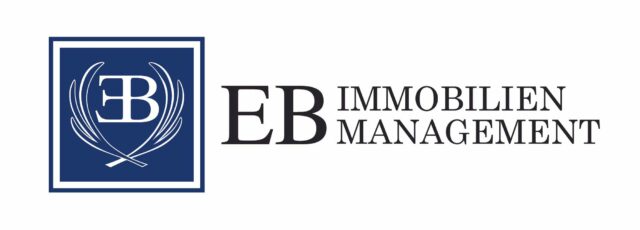Manage companies with multi-tenancy
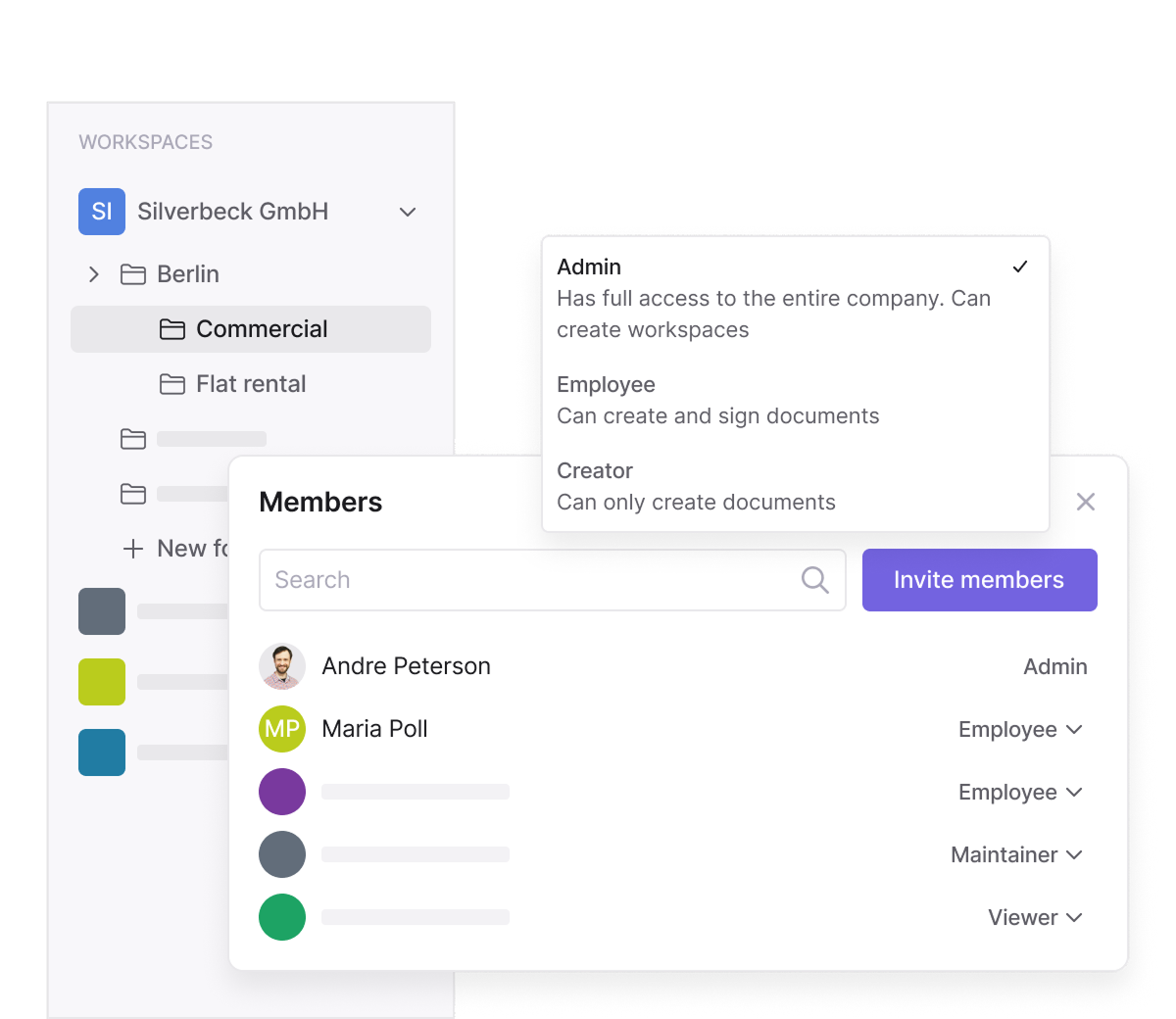
Trusted by over 8000 happy users
Multi-tenancy with full data separation
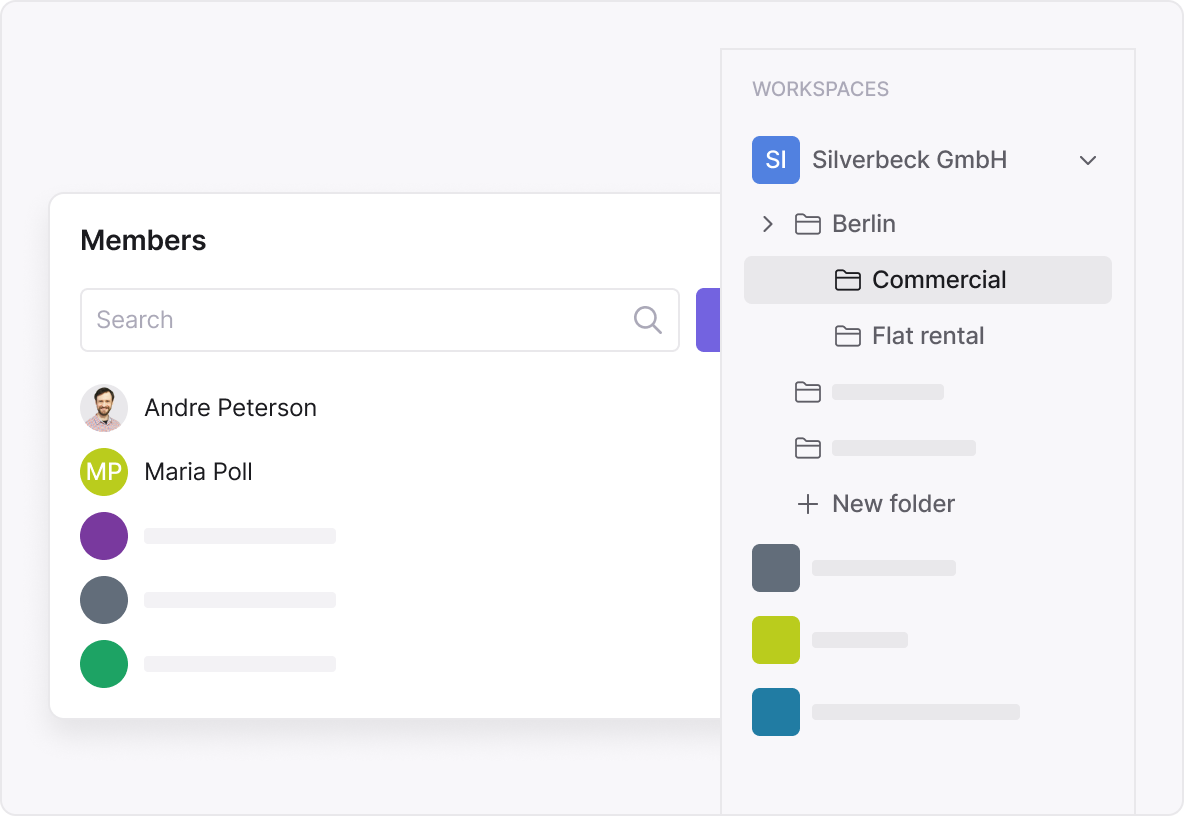
Customizable workspaces

Role-based permissions
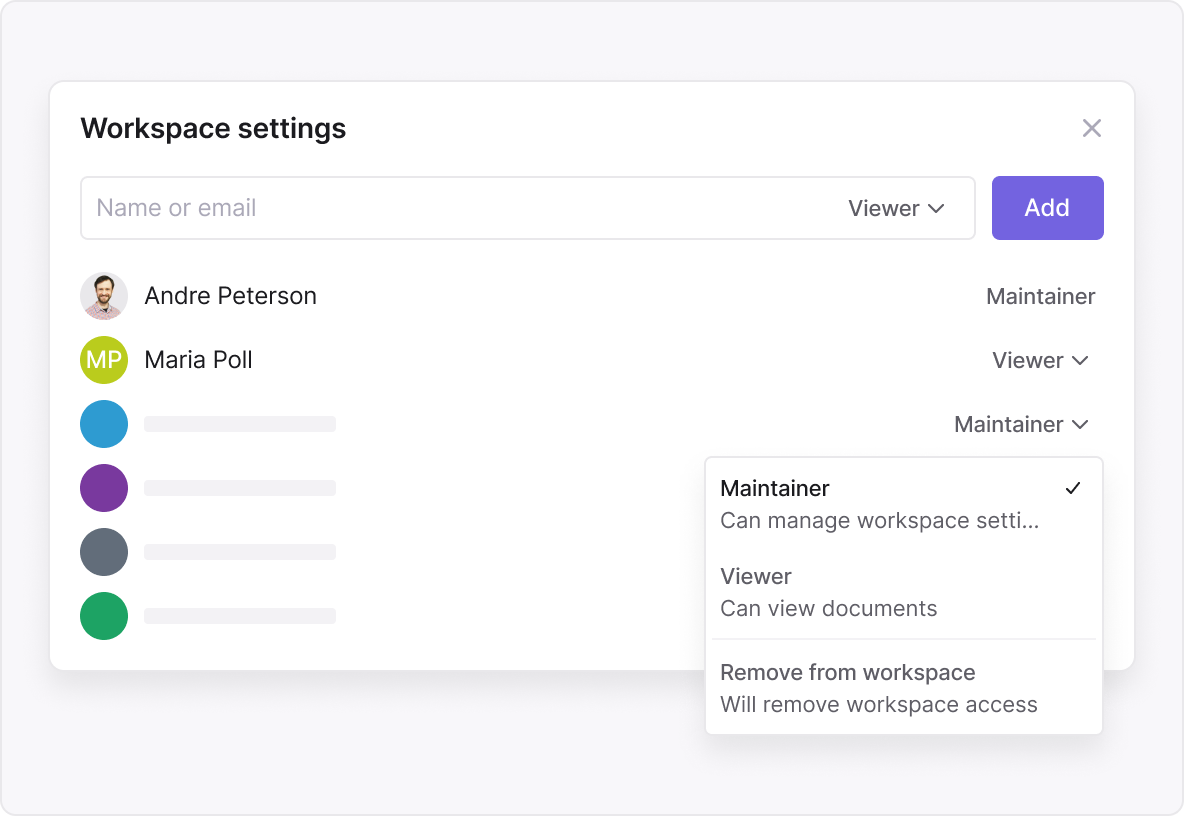
What makes Inhubber’s multi-company management smart and reliable
Award winning CLM software
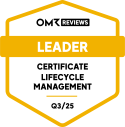




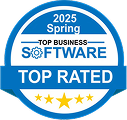
FAQ
Multi-tenancy means that each company, subsidiary, or client operates in its own secure workspace. Data is separated at the architecture level, ensuring GDPR compliance and preventing cross-access. At the same time, administrators can manage multiple tenants from one account.
Workspaces are customizable areas dedicated to specific subsidiaries, partners, or clients. They allow organizations to mirror their structure in the platform. Each workspace contains its own documents, contracts, and tasks, which simplifies management and increases transparency.
Yes. Roles and permissions can be configured with precision. For example, portfolio managers may have full access, external lawyers may have reviewer rights, and clients may have limited access only to their own contracts. Permissions keep sensitive information secure.
- Property management: Assign separate workspaces for each building or landlord.
- Investment management: Manage portfolios across multiple funds or asset classes.
- Client services: Provide each client with a secure workspace for their contracts and reporting.
- Corporate groups: Separate workspaces for subsidiaries while maintaining centralized oversight at the parent company level.
Each workspace is audit-ready with blockchain-secure logs. Permissions ensure that only authorized users access sensitive data. Multi-tenancy enforces strict data separation, meeting GDPR and regulatory requirements.
Legacy systems often require separate accounts or platforms for each entity, leading to inefficiencies and silos. Inhubber consolidates everything into one platform with multi-tenancy, giving you both separation and centralized control, without the complexity of managing multiple tools.
Yes. Inhubber’s architecture scales effortlessly as you add new subsidiaries, partners, or clients. New workspaces can be created instantly, ensuring that expansion does not increase complexity or risk.
Administrators get a central dashboard that provides visibility across all workspaces. They can monitor activities, assign permissions, and export structured data, while each subsidiary or client retains autonomy in managing its own workspace.
Yes, Inhubber fully supports multitenancy, allowing organizations to manage contracts for multiple subsidiaries, brands, or international branches within one secure environment.
Each tenant operates in a logically and securely separated workspace, ensuring that data from different companies or regions never overlaps.
Administrators can define granular permission levels to control access per entity, department, or user role — from read-only access to full editing rights.
This structure is ideal for global enterprises, holding companies, or law firms that handle diverse client portfolios while maintaining strict data protection and compliance with GDPR and other regional regulations.
Inhubber’s role-based access control (RBAC) and hierarchical folder structure make it easy to assign responsibilities and monitor activity transparently across all tenants.
As a result, organizations can centralize contract management, streamline reporting, and still preserve the legal and operational independence of each company or division.









